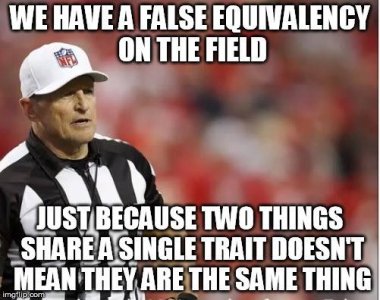Hello Chronic Wasting Disease (CWD), Bovine Tuberculosis (bTB), and Schmallenberg virus.
Hello PRv, ISA, IPN, BKD, VHS, Salmonid alphavirus (SAV), Betanodavirus (NV),
Aeromonas salmonicida,
Yersinia ruckeri,
Tenacibaculum maritimum, sea lice & other pathogens.
Glad you recognize the risk and the inadequacy of the ONP technology to separate wild & cultured stocks.
(p.621)
The dynamics of infectious diseases in the oceans differ from those on land in several ways (McCallum et al. 2004). First, ocean
environments have fewer barriers to the movement of hosts and pathogens. Second, large migrations of fish are common, and
ocean currents can carry both hosts and pathogens for long distances. Third, common behaviours such as aggregation of fish
hosts in shoals and schools can further facilitate disease spread. As a result of these differences, infectious diseases have rates of
spatial spread in the oceans that are one to two orders of magnitude faster than on land (McCallum et al. 2003). For example,
herpes epidemics of Australian pilchards (Sardinops sagax) in the 1990s (Jones et al. 1997; Gaughan 2001) spread at 10 000 km per
year (McCallum et al. 2003).
The potential risk posed by infectious agents (IAs) associated with netpen aquaculture to wild fishes is determined based on the “release” of IAs from netpens into the environment, the “exposure” of the wild fish to those released agents, and the “consequence” for wild fish experiencing...

www.nature.com
Compared to other types of animal production facilities, netpen aquaculture faces enhanced risk for IA
transfer because nets provide no barrier against the flow of water, which can both convey agents long distances3
and provide a matrix within which they may persist
The introduction of large captive populations of domesticated Atlantic salmon, and in some cases Chinook salmon (Oncorhynchus
tshawytscha), into coastal ecosystems inhabited by wild salmon and many other wild fish species, has created opportunities for
novel ecological and evolutionary dynamics of their pathogens (3, 4). The abundance and density of fish in salmon farms present
ideal conditions for the growth of viruses, bacteria, and parasites (4–6) (collectively “pathogens”). This can create a new source of
transmission to wild Pacific salmon that would not exist naturally (6), and the associated risks are likely to be elevated whether or not
a pathogen is exotic. Examples of how salmon farms alter disease dynamics include pathogen introductions, amplification, spillover
and spill-back between wild and farmed salmon (7–9), pathogen adaptation to new hosts (10), and the evolution of drug resistance
(11, 12) and virulence (13, 14). These changes to disease dynamics have impacts on the health (15, 16), growth (17), survival (18, 19),
and recruitment (20, 21) of wild salmon. These pathogen interactions may be a primary mechanism for the association between
salmon aquaculture development and wild-salmon declines observed in Europe, eastern Canada, and BC (22).







